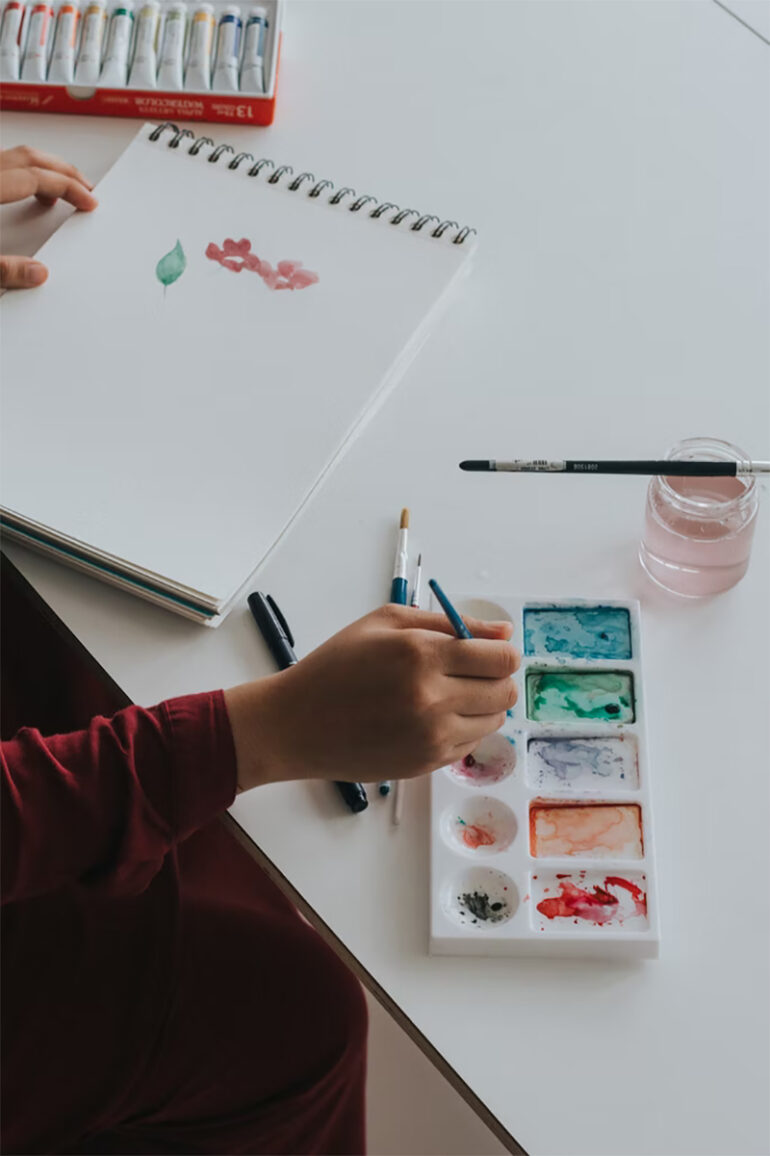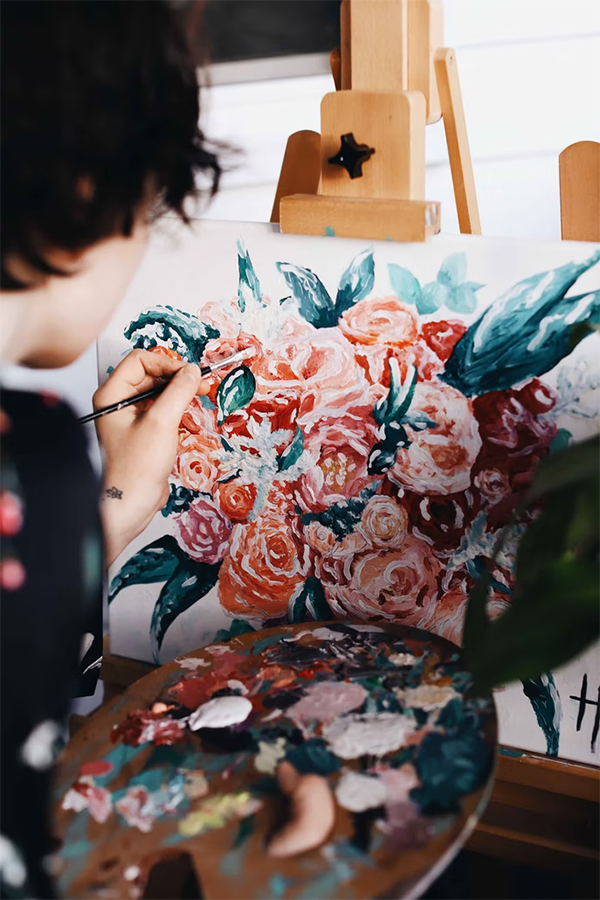When it comes to producing art, the quality of supplies contributes to your artwork’s quality and final look. While talent and dedication inspire you to translate your ideas into something tangible, the right tools will ensure that you see them through.
Apart from pencils, markers, paints, and markers, paper is a crucial tool that you should never treat as an afterthought. Quality paper will make your media flow across the page smoothly and effortlessly. It can withstand folding and scoring without tearing.
Paper for drawing vs. paper for painting
The type of paper for drawing uses dry media and must have a toothy texture. This ensures pastels and pencils adhere to the page instead of sliding off. On the other hand, the suitable paper type for painting must have a smooth surface. This will help you in applying thin layers of pigments evenly.
The ideal paper weight
Art paper is typically weighed in pounds. By rule, the heavier the paper, the thicker the paper will be. If you are using watercolor for painting, make sure to work with a heavy paper at least weighing 140 pounds to ensure it doesn’t end up curling or wrinkling from the watercolor.
Papers for water-based media
If your primary media is watercolor, you can choose from three different paper types: cold-press, hot-press, or rough paper. Cold-press paper features a semi-rough texture that is perfect for highly detailed work and washes, with some of its texture peeking through. On the other hand, hot-press paper is characterized by a smooth but hard surface, making it suitable for fine detail work. Lastly, tough paper features a rigid surface, making it ideal for creating multiple washes of color. However, rough paper requires extended drying time.
Papers for oil-based media
Acrylic paper and oil are not limited to being used on canvas only. You may also use paper for these types of medium. Use a thick paper with enough weight to ensure it stands up well to layers of paint. You will need more acrylic paint applications to cover the rough paper surface. If you are using oil-based paint, it is best to prime the surface with gesso. An unprimed paper might sink the paper and result in a dull look.
Papers for drawing
The ideal paper type will depend primarily on your preferred media. Medium-weight sketch pads weighing around 80 pounds can accommodate most dry materials commonly used for drawing. Lighter papers under 80 pounds are considered thin and cannot withstand many layers of dry material. Papers ideal for dry pastels and charcoal ideally must have a toothy surface. This type of paper will help transfer more color from charcoal and dry pastel. Paper for dry pastel and charcoal must be over 100 pounds to endure frequent erasing.
Final thoughts
Knowing the type of paper that matches your media will give you an upper hand over artists who don’t have a fundamental knowledge of correctly choosing paper. Perform your research and choose among reputable paper manufacturing companies to guarantee strength, quality, and excellent performance.
Photo Attribution:
1st and featured image by https://unsplash.com/photos/VlXlW77swwY
2nd image by https://unsplash.com/photos/QrYt4_K5TIc

